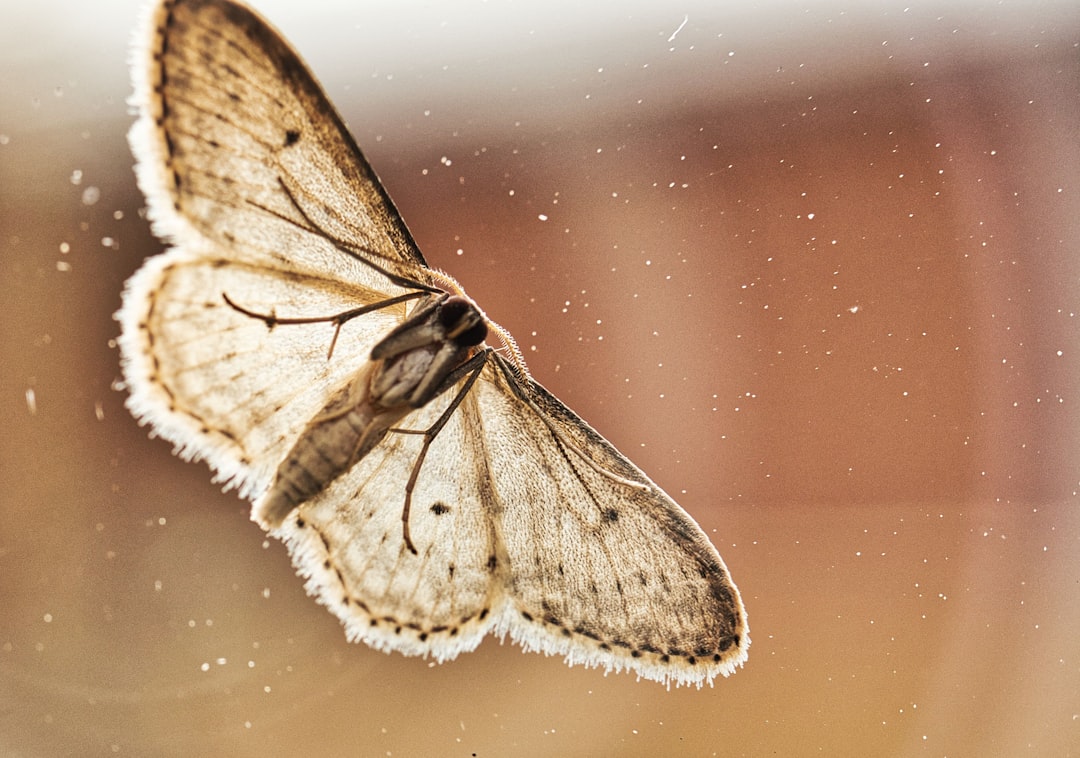
Using mothballs as a cat repellent has been a common practice due to their strong smell repelling cats. However, the chemicals composing mothballs can have toxic effects on cats, humans, and the environment. This article aims to highlight the potential dangers that can arise from the usage of mothballs as cat repellents and impressions suggestions on safer alternatives.
Mothballs, while effective in repelling cats because of their strong odor, have inherent risks. Perhaps the most concerning is their toxicity. If ingested or exposed to for a long duration, these small, potent balls can cause severe health issues in cats. This includes poisoning symptoms, organ damage, neurological issues, and in extreme cases, fatality.
Not only are mothballs a threat to cats, they pose potential harm to children, other animals, and even the environment. The toxic chemicals found in mothballs include naphthalene or paradichlorobenzene. These can have serious side effects, causing symptoms such as lethargy, weakness, vomiting, diarrhea, stomach pain, loss of appetite, behavior changes, and seizures in cats. Moreover, they can also harm humans and contaminate the soil and water, affecting other wildlife in the area.
The negativity surrounding the use of mothballs does not mean all hope is lost in trying to repel cats. There are several other safer commercial cat repellent sprays, natural remedies, and even solar-repellent devices available that can be used to ensure cats keep their distance.
Citrus oils and vinegar are some of the natural remedies that can act as effective cat deterrents. Cats naturally dislike the smell of citrus; thus, diluting the oils from citrus fruits and spraying it in required areas can keep cats away. Similarly, vinegar, being a substance cats dislike, can be diluted in water and sprayed accordingly.
Commercial sprays specifically designed to repel cats offer another solution. Available in various scents or odors that are ingrained as unpleasant to cats, these sprays serve as a cat repellent without any risk to the feline's health.
Incorporating technology into the answer, solar-repellant devices come equipped with ultrasonic sound- a frequency undetectable to the human hearing range, but unpleasant to cat’s ears. These devices are a brilliant alternative as they are eco-friendly and do not harm the cat.
While it might seem appealing to use mothballs as a cat repellent due to its effectiveness, they present too much risk. The dangers they pose to cats, other wildlife, and the environment is serious. Thus, implementing safer alternatives- like commercial sprays, natural remedies, or technological solutions- can secure the same results without any harmful implications.

Immerse yourself in architecture’s most boundary-pushing ideas—where innovative home improvements meet visionary urban developments. Discover new building techniques, materials, and creative concepts that are redefining how we shape our spaces on a global scale.